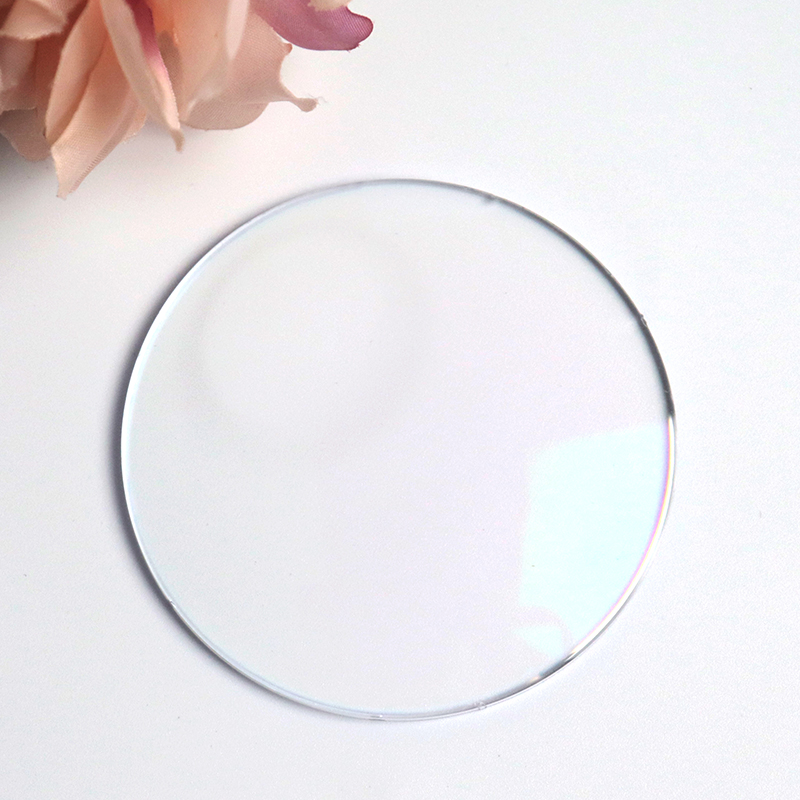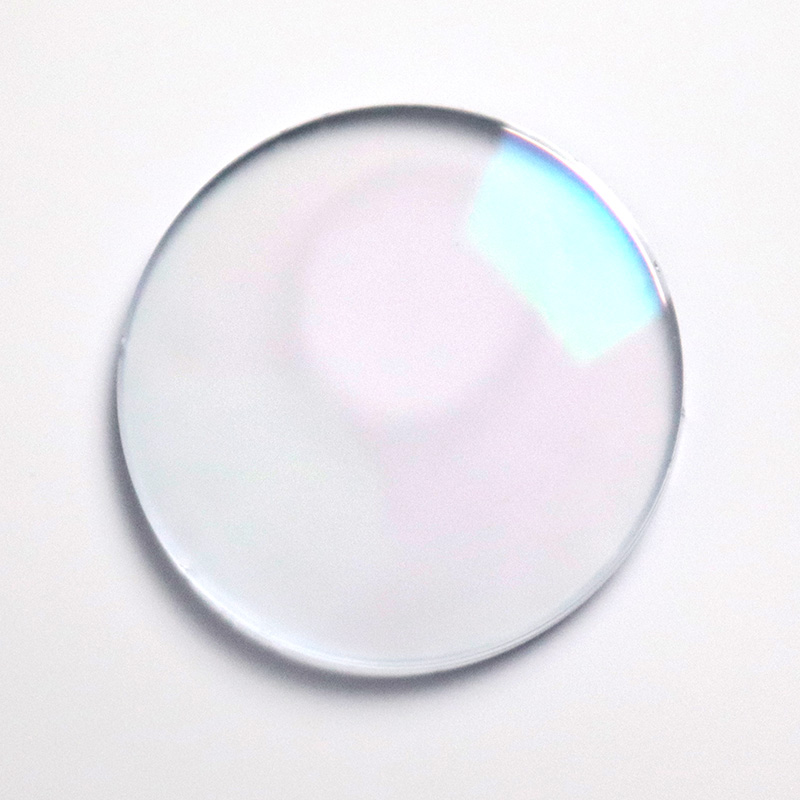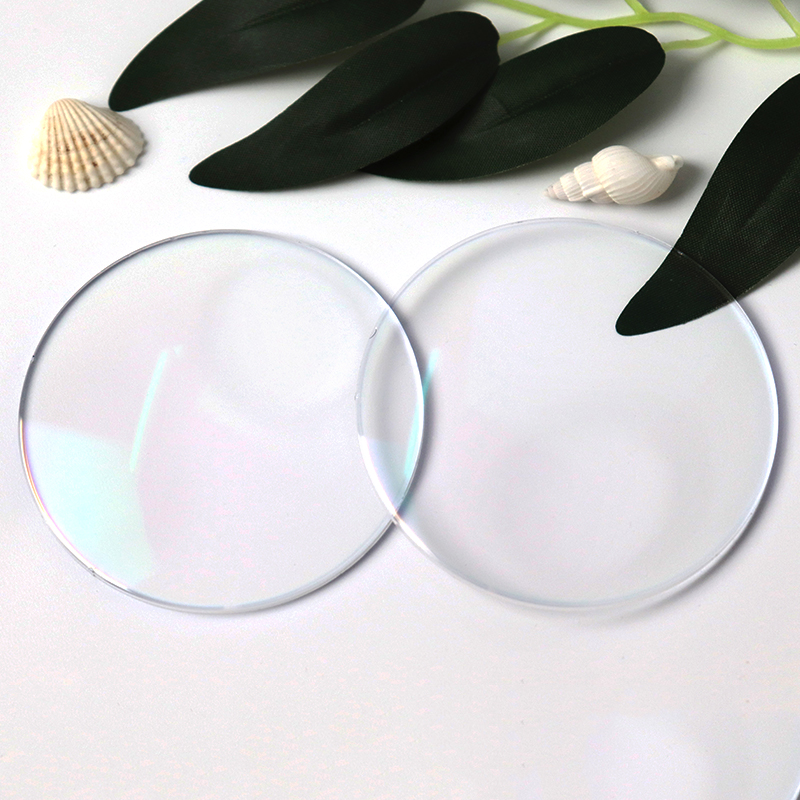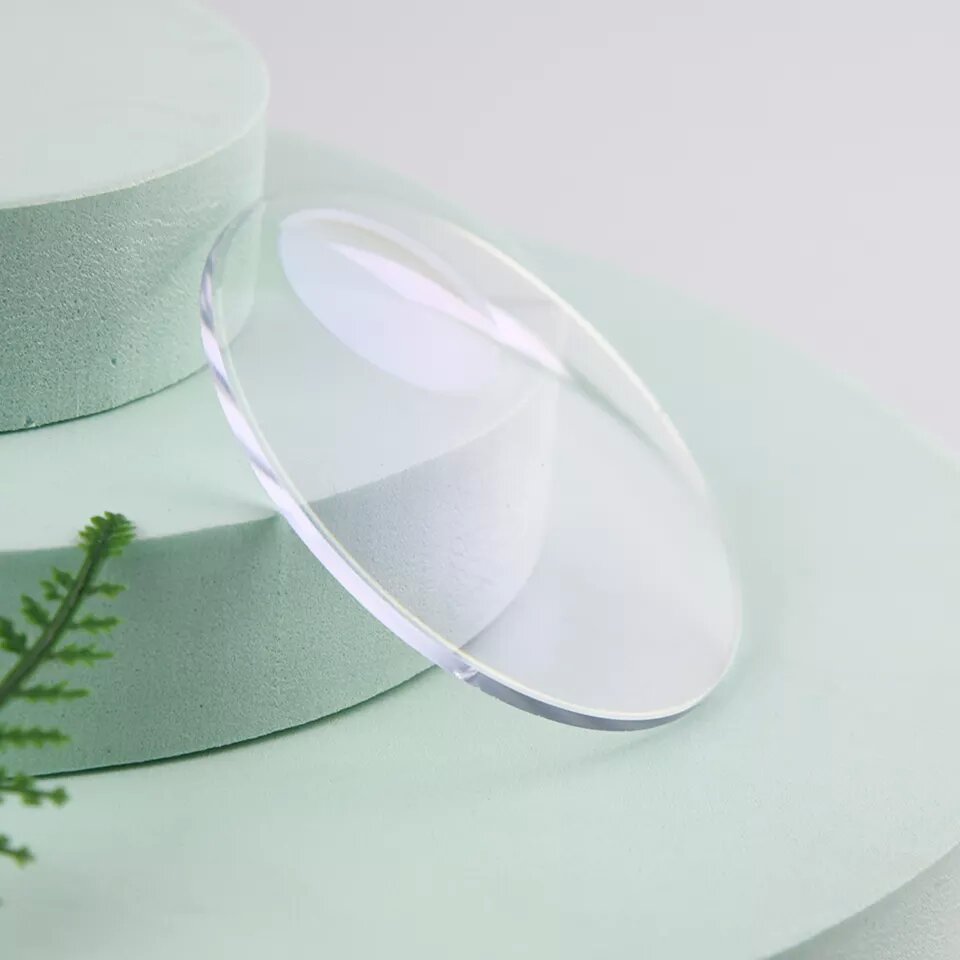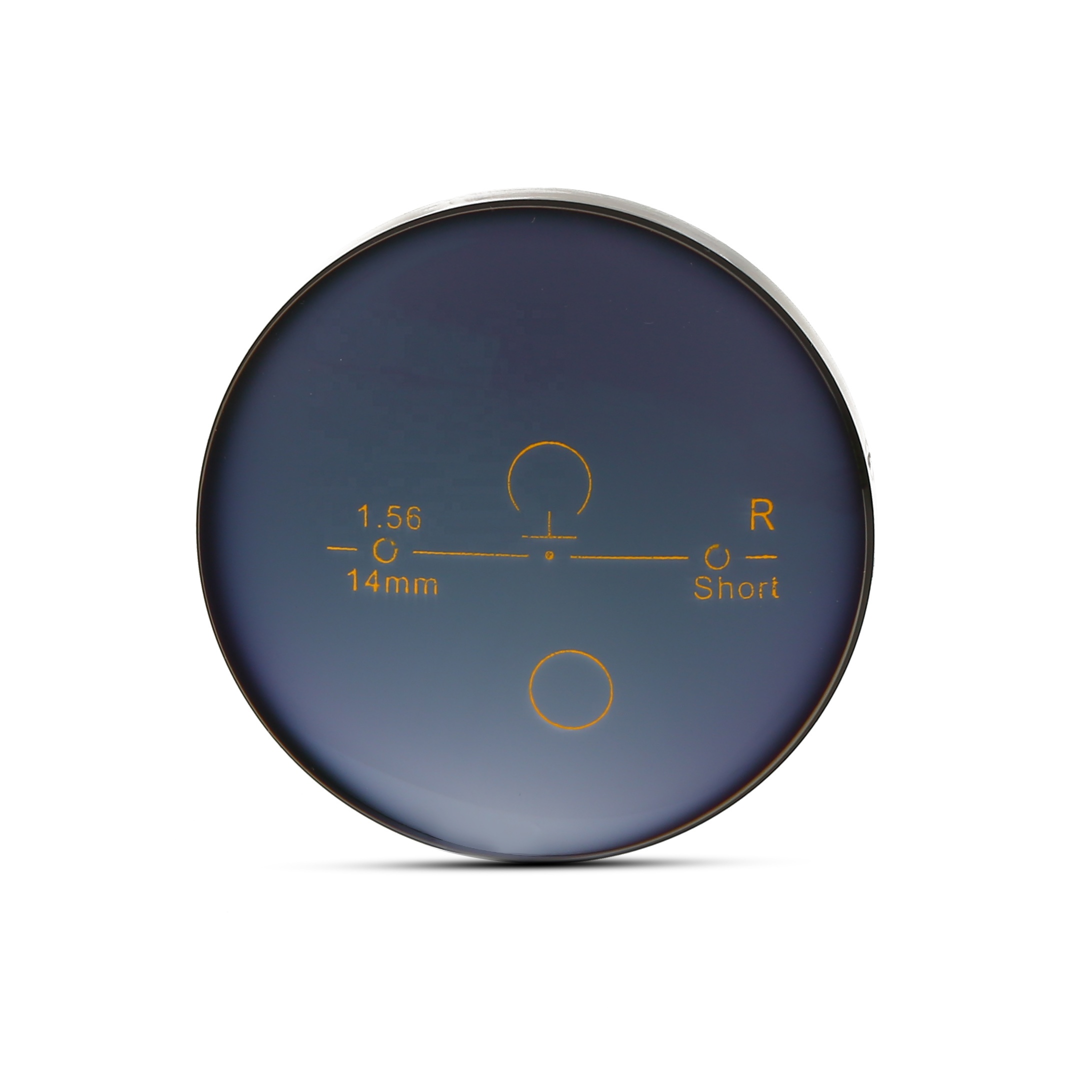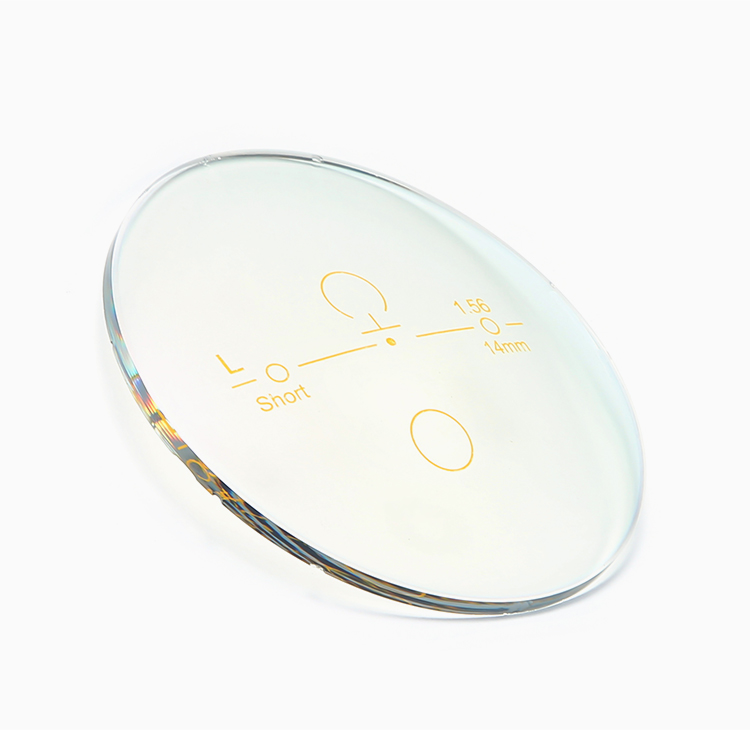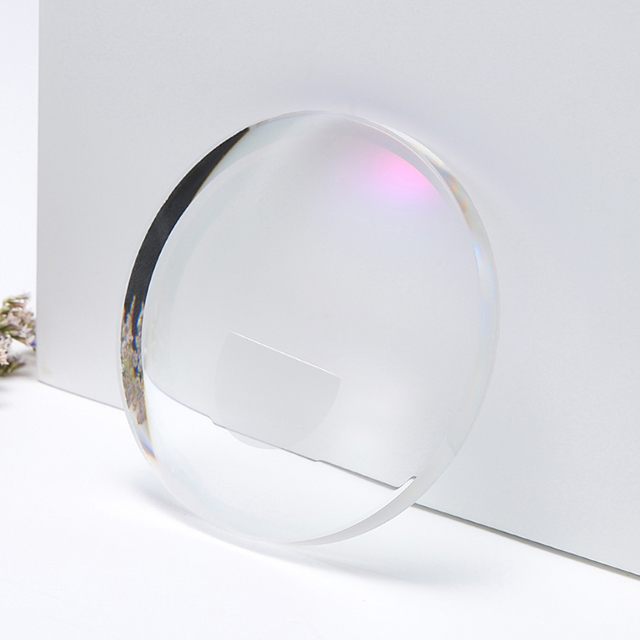SETO 1.56 round-top bifocal lens HMC
Specification
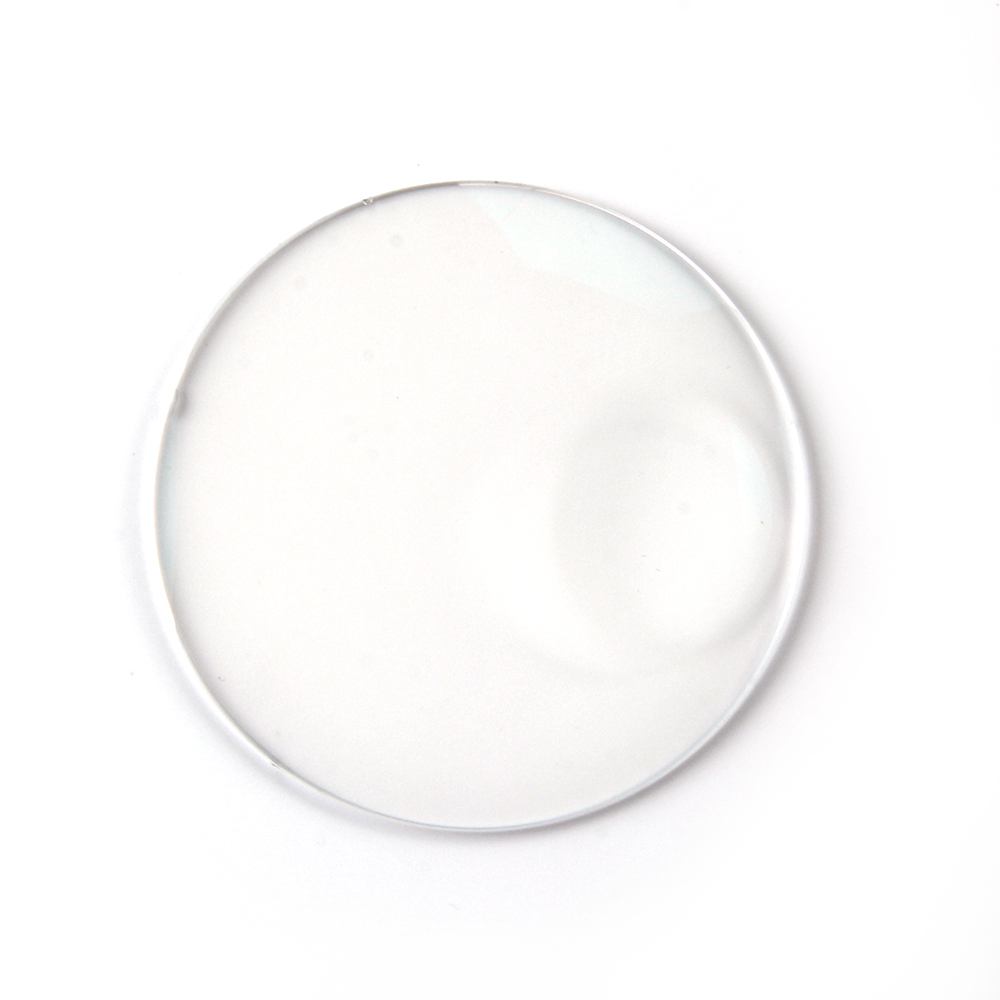
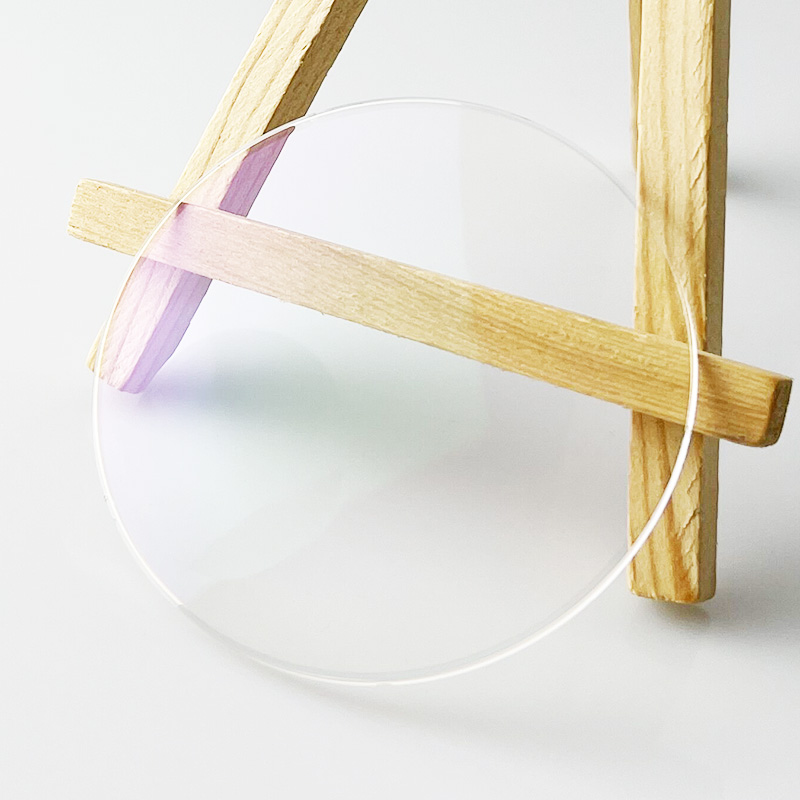
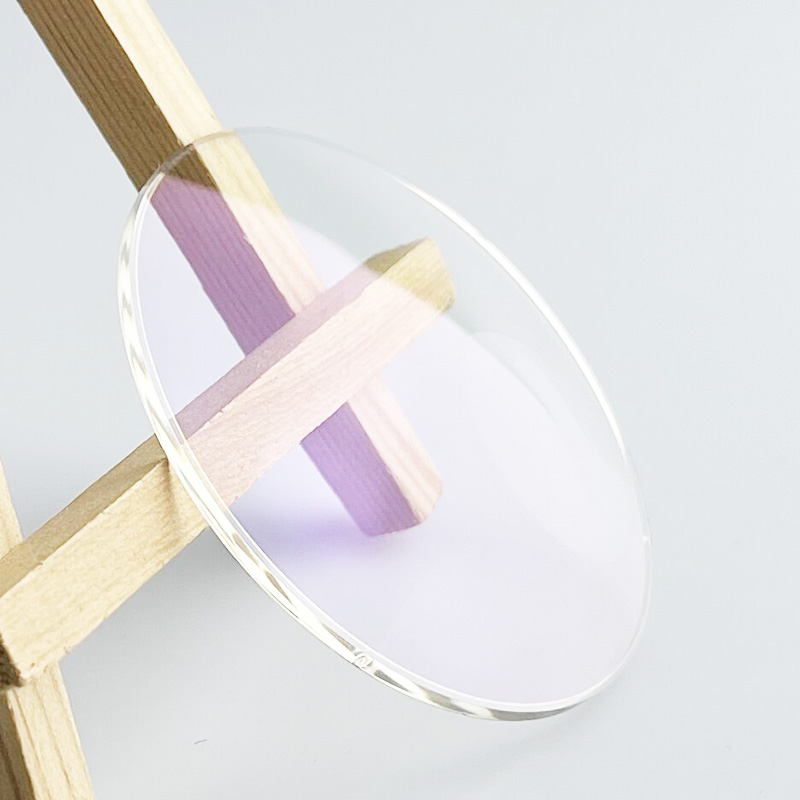
| 1.56 round-top bifocal optical lens | |
| Model: | 1.56 optical lens |
| Place of Origin: | Jiangsu, China |
| Brand: | SETO |
| Lenses Material: | Resin |
| Function | Round-top bifocal |
| Lenses Color | Clear |
| Refractive Index: | 1.56 |
| Diameter: | 65/28MM |
| Abbe Value: | 34.7 |
| Specific Gravity: | 1.27 |
| Transmittance: | >97% |
| Coating Choice: | HC/HMC/SHMC |
| Coating color | Green |
| Power Range: | Sph: -2.00~+3.00 Add: +1.00~+3.00 |
Product Features
1.What is a bifocal lens?
Bifocal lens refers to a lens that has different luminosity at the same time, and divides the lens into two parts, the upper part of which is farsighted area, and the lower part is myopic area.
In a bifocal lens, the larger area is usually the far area, while the myopic area occupies only a small part of the lower part, so the part used for farsightedness is called the primary lens, and the part used for nearsightedness is called the sub-lens.
From this we can also understand that the benefit of bifocal lens is that it not only serves as far-vision correction function, but also has the function of affordable near-vision correction.
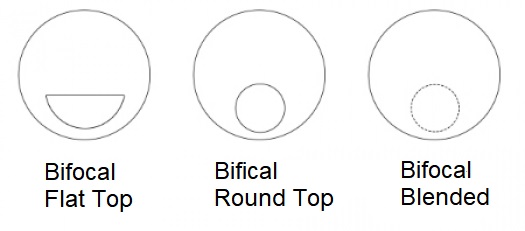
2.What is the round-top lens?
Round Top, the line is not as obvious as in the Flat Top. It is not invisible but when worn. It tends to be much less noticeable. It functions the same as the flat top, but the patient must look farther down in the lens to get the same width due to the shape of the lens.
3.What are the characteristics of bifocals?
Features: there are two focal points on a lens, that is, a small lens with different power superimposed on an ordinary lens;
Used for patients with presbyopia to see far and near alternately;
The upper is the luminosity when looking far (sometimes flat), and the lower light is the luminosity when reading;
The distance degree is called upper power and near degree is called lower power,and difference between upper power and lower power is called ADD (added power).
According to the shape of the small piece, it can be divided into flat-top bifocal,round-top bifocal and so on.
Advantages: presbyopia patients do not need to replace glasses when they see near and far.
Disadvantages: jumping phenomenon when looking at the far and near conversion;
From the appearance,it is different from ordinary lens.

4. What is the difference between HC, HMC and SHC?
| Hard coating | AR coating/Hard multi coating | Super hydrophobic coating |
| make the uncoated lenses are easily subjicted andexposed to scratches | protect the lens effectively from reflection,enhance functional and charity of your vision | make the lens waterproof, antistatic, anti slip and oil resistance |
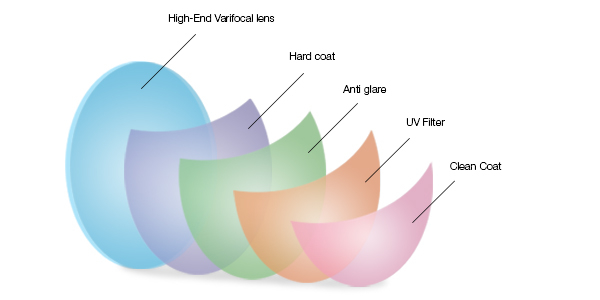
Certification



Our Factory


